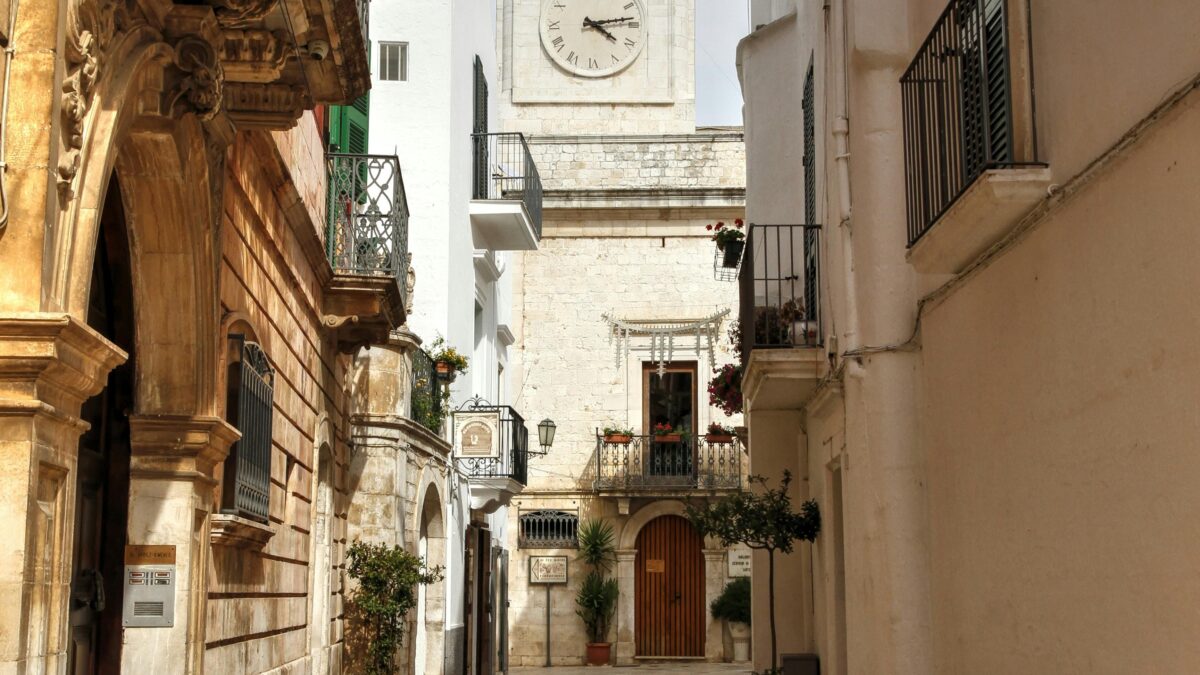Community maps as a model for authentic luxury tourism development

I recently completed a research to conclude my studies in Economics and Management for Art, Culture, Media, and Entertainment. Here are some reflections on luxury tourism, with a particular focus on the importance of co-creation to meet the needs of new high-end travelers.
The New Trends in Luxury Tourism
Experiential luxury tourism is emerging as a new paradigm in the sector, characterized by a segment of high-end travelers seeking authentic and immersive experiences that respect and enhance local culture and territory. This evolution presents a challenge for destinations, which must respond with innovative offerings that highlight territorial peculiarities and actively engage local communities.
While existing literature has primarily focused on the consumer perspective, the responses of hotels and operators to these new demands remain largely unexplored. The research investigated this aspect by analyzing the perceptions of luxury hotel managers regarding the new demand and their willingness to engage in co-creation initiatives, such as community mapping, to enrich the experiential luxury tourism offering.
Communities and Luxury Offerings: The Potential of Community Mapping
The adoption of co-creation strategies is essential for luxury establishments that aim to meet the new needs of travelers. Community mapping proves to be a key tool for identifying and enhancing territorial capital, promoting sustainable practices, and fostering creative tourism. This approach not only helps regenerate local economies but also strengthens the bond between the territory and guests, offering authentic and diverse experiences.
But what are community maps?
Community mapping involves the creation of co-creative maps with the involvement of residents and local stakeholders, allowing the identification of hidden cultural gems, unique traditions, and lesser-known attractions. These maps can be integrated into the tourism offerings of hotels, allowing guests to discover the territory in an authentic way.
Managerial Implications
To achieve meaningful results, luxury hotels should collaborate with local stakeholders, such as artisans, cultural associations, and local organizations, to design unique experiences that reflect the cultural identity of the territory. Creating local networks could serve as hubs for creative tourism, contributing to a cohesive and attractive image for luxury travelers.
Implementation Strategies
- Structured Collaboration: Initiate regular meetings with local communities and stakeholders to define common goals and plan shared initiatives.
- Promotion: Integrate the places and traditions identified through community maps into marketing and tourism offerings.
- Training and Awareness: Educate staff and local communities on the importance of experiential and sustainable tourism.
Advantages of Using Community Maps
- Expansion of the Tourism Offering: Collaboration with local communities enables the design of innovative experiences connected to the territory, diversifying services and meeting the new needs of luxury travelers. This allows for the creation of authentic experiences based on local traditions, avoiding artificial representations.
- Promotion of Sustainability: Community mapping encourages sustainable practices that respect cultural, social, and economic values. It is crucial to ensure that tourism brings real benefits to local communities, avoiding exploitative commercial practices.
- Increase in Mutual Visibility: Through the exchange of exposure between hotels and residents, the connection to the territory is strengthened, improving service quality and enriching the visitor's experience.
- Identification and Resolution of Issues: Co-creative meetings between institutions, local communities, and tourism entrepreneurs allow for the identification of common challenges and the development of shared solutions, enhancing cohesion and efficiency in the local tourism sector.
The Future of Luxury Tourism
The luxury tourism of the future cannot do without an approach that integrates authenticity, sustainability, and co-creation. Collaboration between hotels, local communities, and other local stakeholders represents not only an opportunity to meet the needs of high-end travelers but also a tool for regenerating local economies and enhancing cultural heritage.
Through initiatives like community mapping, the sector can promote truly transformative tourism, leaving a positive and lasting impact on both travelers and the destinations and their inhabitants.
